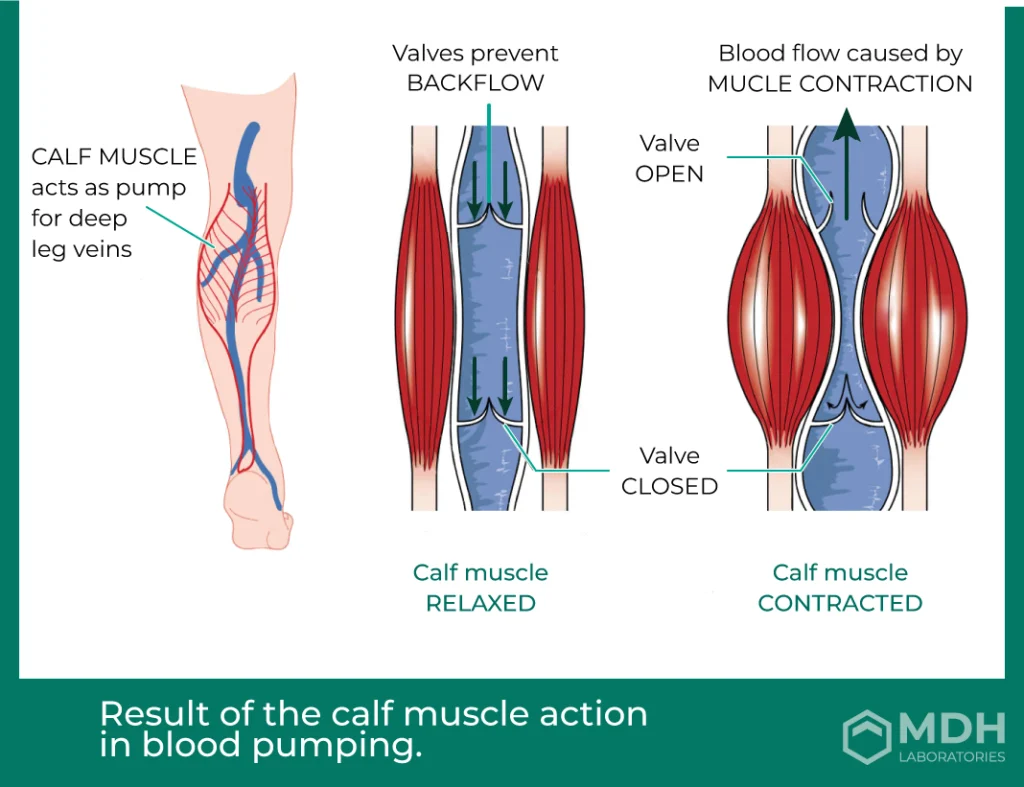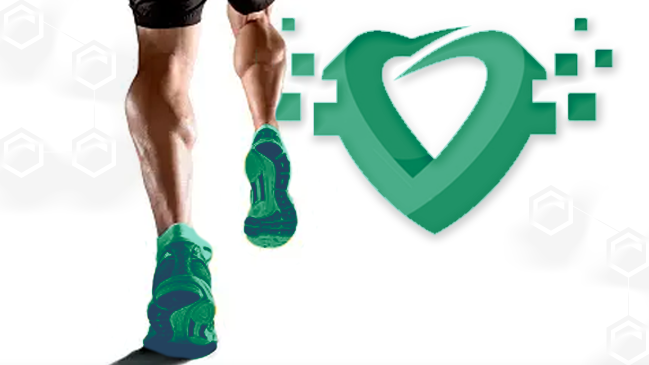Original Source
“Why are calf muscles known as the ‘second heart’?”
Referring to calf muscles as the “second heart” is a metaphorical way to emphasize their crucial role in circulatory health. The primary reason behind this term is related to the function of the calf muscles in assisting blood circulation, particularly in the veins of the lower legs.
Like the heart, which receives venous or deoxygenated (impure) blood from the body and then pumps arterial (pure) blood to the whole body for oxygen supply, the calf muscles play a major role in returning the venous blood from the legs to the heart.
—————————
The calf muscles, including the gastrocnemius and soleus muscles, play a significant role in the calf muscle blood pump mechanism. When these muscles contract, such as during walking or physical activity, they squeeze the veins in the lower leg. This action helps propel blood upward, against gravity, towards the heart. The contraction and relaxation of the calf muscles act as a pump, facilitating the return of blood to the heart and preventing it from pooling in the lower extremities.
This pumping action is particularly important for the veins in the legs, as they are working against gravity to send blood back to the heart.
—————————

When these valves become defective or weak, the second heart can get overwhelmed — such that the blood can pool in veins (and the legs due to gravity) — and lead to conditions like varicose veins, spider veins, and Chronic Venous Insufficiency (CVI).
Not exercising the calf muscles, during long flights or drives or sitting at one place without moving for long, thus leads to pooling and clot formation. This is the reason for deep vein thrombosis in the legs, which can be very dangerous
Calf muscles act as a venous pump, contracting and relaxing as you move, which helps push blood back up towards the heart against gravity. This mechanism supports the function of one-way valves in the veins, preventing blood from pooling in the legs and feet, and ultimately reducing the risk of conditions like DVT and varicose veins.
According to the experts, the symptoms of DVT can include swelling in the affected area, chronic leg pain, reddish or bluish discoloration on the leg, a feeling soreness in the leg/s, and fatigue. As such, the need to stay active to avoid clot formation is imperative.
Activating calf muscles involves contracting and relaxing them, so that aids in better circulation of blood, better sleep, lymphatic drainage, and offers myriad health benefits.
How to activate your ‘second heart’?
-
➜ Stand on the edge of a stair (with support), lift up the heels, push down the heels. Repeat 5 times.
-
➜ Turn feet outwards, lift up the heels. Repeat 5 times.
-
➜ Turn feet inwards, lift up the heels. Repeat 5 times.
-
➜ Lift up heels, push down heels. Repeat 5 times.
-
➜ Pump the calf muscles like a spring. Do it for 20-30 counts.
-
➜ Place a yoga block on the mat. Keep the foot on the block. Bend from the hips. Pull toes up, hold. Repeat with the other leg.
-
➜ Ankle/foot rotation – 10 times each – clockwise and anti-clockwise directions.

